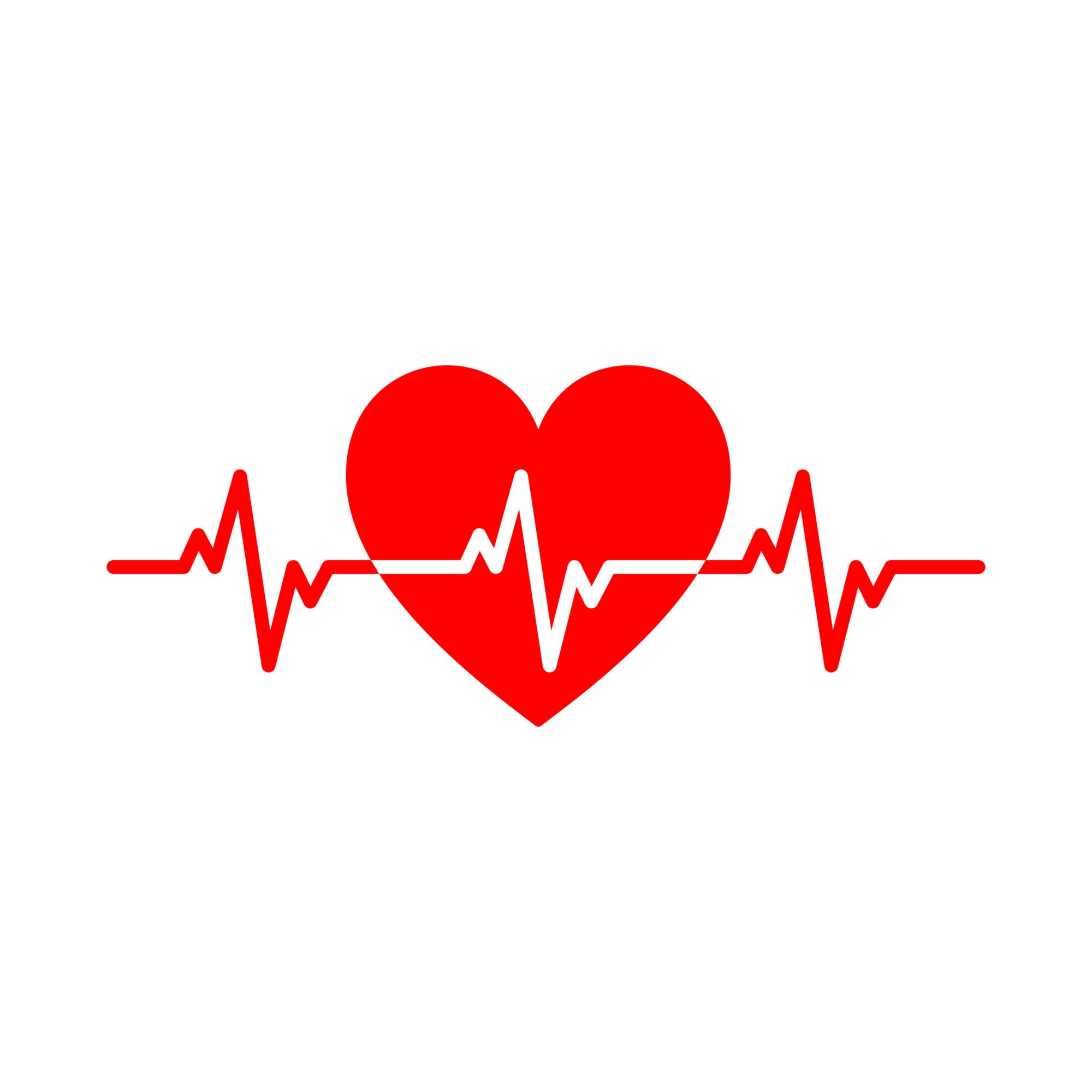For decades, heart rate has been the go-to metric for athletes and coaches aiming to optimize performance. It’s convenient, widely accessible, and often seen as a universal marker of effort. However, heart rate is far from perfect. Recent research, including findings from the Journal of Sports Science and Medicine (Tocco, 2015), highlights significant limitations of relying solely on heart rate to guide training and assess performance.
The Problem with Heart Rate
Heart rate is frequently used to define training zones, monitor intensity, and assess recovery. While it’s a useful tool, heart rate is influenced by numerous factors beyond exercise intensity. This variability can make it an unreliable standalone metric. Here are some of the key limitations:
- Lag Time: Heart rate doesn’t respond instantly to changes in effort. For example, during interval training, heart rate may take several seconds to catch up to the actual intensity of work. This lag can lead to inaccurate pacing and misinterpretation of effort.
- External Influences: Heart rate is highly susceptible to factors such as caffeine, dehydration, altitude, temperature, and stress. These external variables can cause significant fluctuations, making it challenging to discern whether changes in heart rate are due to training load or environmental factors.
- Cardiac Drift: Over the course of a long workout, heart rate tends to rise even if effort remains steady. This phenomenon, known as cardiac drift, can make it difficult to maintain consistent training zones and may lead athletes to reduce effort unnecessarily.
- Individual Variability: Resting and maximum heart rates vary widely between individuals, and even for the same athlete, these values can shift over time due to factors like age, fitness level, and fatigue. This variability complicates the use of heart rate as a universal measure of intensity.
The Science Behind the Flaws
The study referenced (Tocco, 2015) highlights how heart rate alone fails to accurately pinpoint ventilatory thresholds (VT1 and VT2), which are critical markers for endurance athletes. Ventilatory thresholds indicate the points at which the body transitions from primarily aerobic to anaerobic energy systems. These thresholds are better predictors of performance capacity than heart rate, yet they can’t be reliably identified using heart rate alone.
For example, during a graded exercise test, heart rate often overlaps across multiple training zones, making it difficult to distinguish between aerobic and anaerobic efforts. This overlap underscores the need for more precise metrics to guide training.
Moving Beyond Heart Rate
To truly optimize performance, athletes need to embrace a more holistic approach to monitoring. This includes integrating additional physiological metrics that provide deeper insights into the body’s response to exercise. Some alternatives and complements to heart rate include:
- Ventilatory Threshold Testing: Identifying VT1 and VT2 through metabolic or respiratory analysis offers a more accurate framework for training zones.
- Power Output: For cyclists and runners, measuring power provides an objective indicator of work rate that isn’t influenced by external factors.
- Perceived Effort: Combining subjective measures of effort with data-driven insights can help athletes better understand their bodies.
Why This Matters
Relying solely on heart rate can lead to suboptimal training and missed opportunities for performance gains. By understanding its limitations and incorporating additional metrics, athletes can make more informed decisions about intensity, recovery, and race strategy.
The research is clear: heart rate is a valuable tool, but it’s not the full picture. To train smarter, athletes must look beyond heart rate and explore the rich data their bodies provide.
Ready to refine your training approach? It’s time to move beyond heart rate and unlock your full potential

